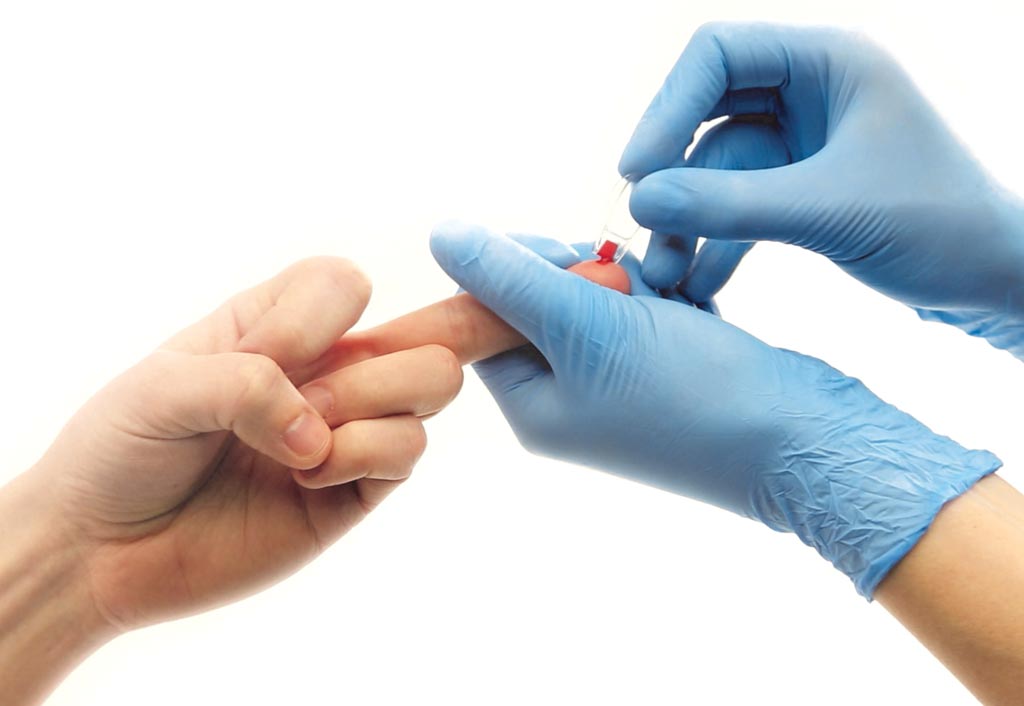EKF Diagnostics Releases Educational Guide to Good Capillary Blood SamplingBy HospiMedica International staff writers[05 Jul 2018]  |
|
| Global in vitro diagnostics company EKF Diagnostics (Penarth, Cardiff, UK) has published an educational guide, which provides a quick overview of capillary blood sampling best practice. The new guide aims to help health care professionals understand the common causes of pre-analytical errors and reduce their impact on hemoglobin results. EKF Diagnostics designs and manufactures diagnostic devices, as well as distributes rapid test kits for infectious diseases and pregnancy. The company’s analyzers are widely used in GP surgeries, pharmacies, blood banks, sports clinics, hospitals and laboratories for glucose, lactate, hemoglobin, hematocrit and HbA1c measurement. The use of capillary blood (fingerstick) sampling is increasing across the world due to the growing availability of point-of-care (POC) testing. Since anemia affects about 25% of the global population and is more highly prevalent in the developing countries, hemoglobin is the most frequently performed test in POC hematology. It is also used routinely by blood collection services to ensure safe donations. However, hemoglobin (Hb) values are among the parameters that are most likely to be affected by pre-analytical errors. Incorrect capillary blood sampling is the most common reason behind inaccurate POC hemoglobin results. In order to avoid generating variant and misleading Hb results, health care personnel drawing blood need to adhere to strict and standardized blood sampling techniques. This ensures accurate and consistent POCT results that are comparable to laboratory techniques. EKF’s new educational guide to good capillary blood sampling discusses the reasons behind the vital importance of good capillary blood sampling and provides easy step-by-step instructions on best practice capillary sampling. The guide offers a simple visual explanation based on published detailed guidelines from the Clinical and Laboratory Standards Institute and the World Health Organization (WHO) with specific considerations added for hemoglobin testing. EKF’s new capillary sampling guide titled ‘Capillary sampling and its relevance for correct hemoglobin results’ can be viewed and downloaded online. |
|